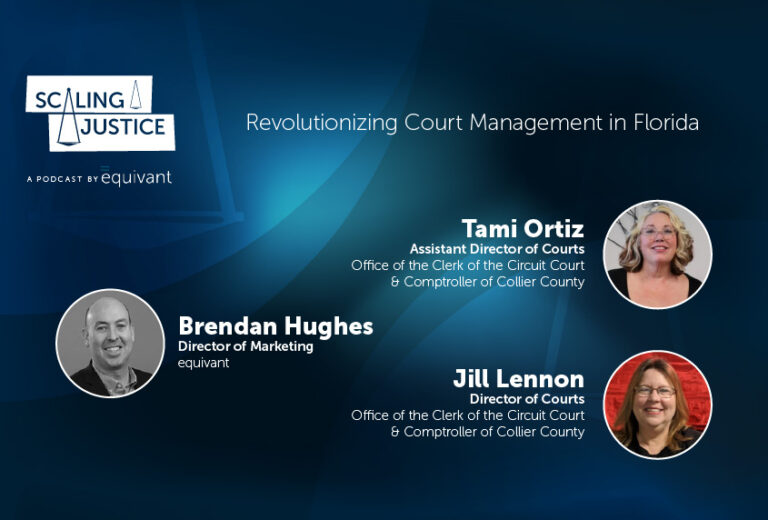In the lifecycle of any court case, there are numerous points where data is entered, data is retrieved, data is adjusted or updated, and data is added. But what happens next? How does that massive jumble of data points get translated into data-driven decision-making?
The truth is, in most cases, it doesn’t. Simply having the data and being able to use the data effectively are two very different things.
Here are the top 5 ways your case management tool can help you make sense of it all and easily move you from data to decisions:
- Bring the pieces together. Related data points should be linked together in a way that makes everything easy to find. A judge making decisions about a minor needs detailed information about other involved family members. A clerk deciding whether to extend someone’s payment plan needs to understand their payment history. A prosecutor with a new case needs the defendant’s complete criminal history all in one place. It shouldn’t be up to them to scour the system for information that may or may not be there – the system should serve up all related cases and information instantly.
- Keep it current. As things change and cases progress, the information that’s entered or changed by one party should automatically be available to others. If your case management system doesn’t update in real-time, your decision-makers will miss critical pieces of information.
- Let users decide. Each person at your agency knows exactly which pieces of information they need to make key decisions, so why buy a tool that’s one-size-fits-all? Your case management system should make it easy for each person, role, or department to configure their screens and dashboards their way, bringing what they need to the top.
- Make it quick. Sometimes you need a deep dive, and sometimes you need a quick glance. Wading through details to find a single number or reading a whole case file to locate one piece of information isn’t a good use of your team’s time. Your case management tool should tell a visual story through colors, icons, highlights, and more to help you instantly see what you need to know.
- Manage it ALL. Case management isn’t about managing one case at a time. It’s about managing how one case is flowing, how a subset of cases is flowing, and how all of the cases under your purview are flowing at any given moment. You have to be able to see the complete picture to make informed decisions not only about the cases themselves, but also about your workflows and processes.
Making data-informed decisions is crucial for justice practitioners, but to do it effectively, you need the right tools for the job.
If you’re ready to stop simply collecting data and start USING data, then it’s time to talk about JWorks. Contact us today.




